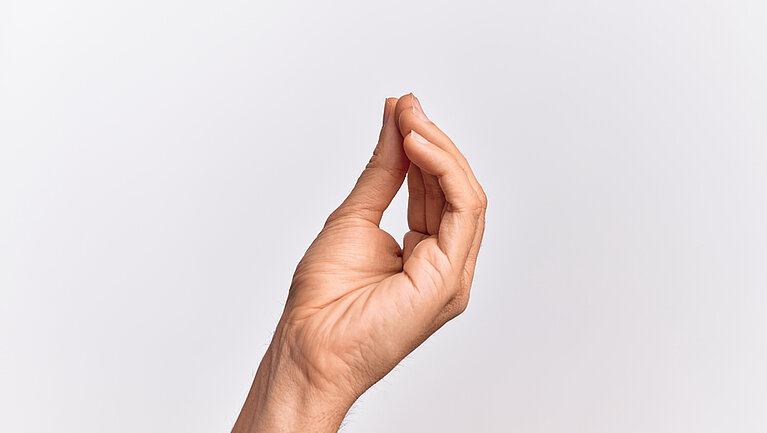Who hasn't been there: You set out to make good progress on an important project, but then the phone rings, your colleague sticks her head through the door and your e-mail inbox overflows. Suddenly it's closing time and you ask yourself: What have I actually done all day today?
Business coach and best-selling author Robin Sharma has developed a time management method that adds productivity to the workday: the 90-90-1 rule. In his view, the first hours of the day are too valuable to waste on time-wasters or routine tasks. Instead, the most valuable hours of the day should be put into the most important project. His suggestion: spend the first 90 minutes of your day on the project that matters most. Do this for exactly 90 days.
At the beginning of a workday, we're not only rested, our brains are still tidy and we're full of drive - so it's the best time to be productive and focused on the most important priority.
Why 90 minutes of all time? Scientific studies show that we can hardly concentrate on one thing for longer than 90 minutes without needing a break. 90 minutes is also a manageable amount of time, yet long enough to achieve effective results.
Especially in the beginning, it can be hard to start the morning with an important task right away. The trick is to make this approach a habit. Follow through consistently for the 90 days and you'll see that the method will become second nature and a regular part of your morning routine.
Full concentration on your project! Here's how to set the stage for a productive morning according to the 90-90-1 rule:
- Pick a project that you want to give top priority to.
- For the first 90 minutes of your workday, banish anything that might distract you, such as your smartphone, email program, ...
- Explain to your colleagues why you don't want to be disturbed for the next hour and a half.
- Set a timer and use the 90 minutes with full focus!












